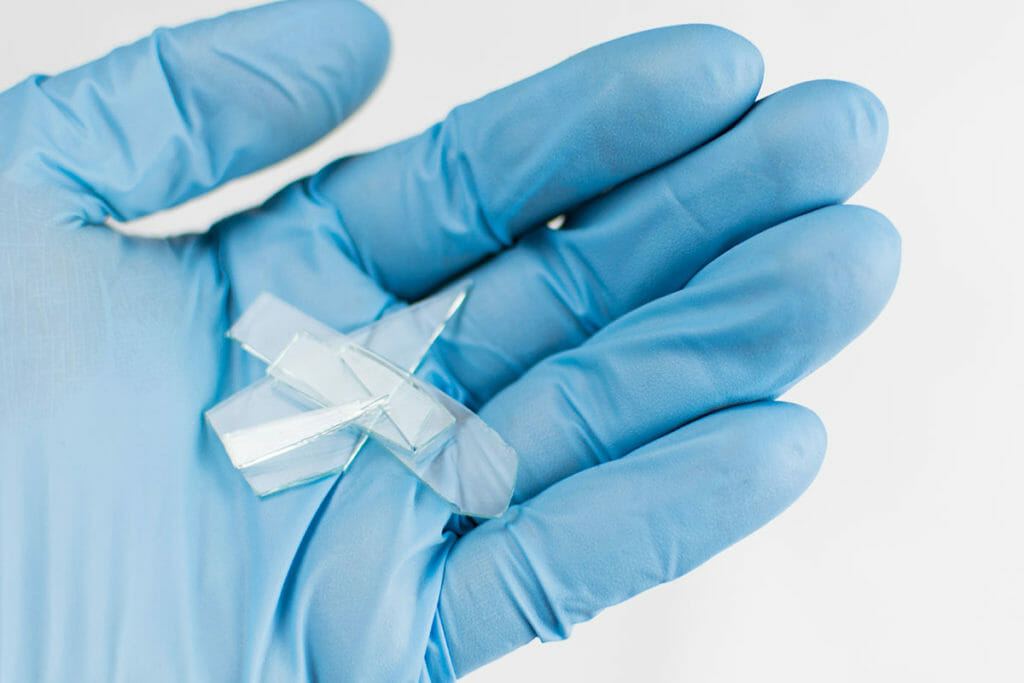If you take a look around, you’ll probably see a common material everywhere: glass. Glass is one of the world’s oldest materials, dating back to around 3500 BC. It has become one of the world’s most important materials because of its ability to be used in a variety of ways. You’ll find glass in windows, tables, and even dinnerware. However, what exactly is glass and how is glass made?
What is Glass
Technically speaking, glass is a transparent, amorphous solid that has widespread use around the world. It’s made from various natural and abundant raw materials, such as sand, soda ash, and limestone. There are a variety of types of glasses with different uses, which we will discuss below.
Manufactured glass is the most common type of glass, but it does appear naturally from volcanic magma. Some other forms of natural glass include obsidian, impactite, and Libyan desert glass. In the Stone Age, forms of natural glass were used by societies as cutting tools and weapons. Evidence shows that glass was made at least 6000 years ago and started in Egypt and Mesopotamia. But how is glass made in the modern era?
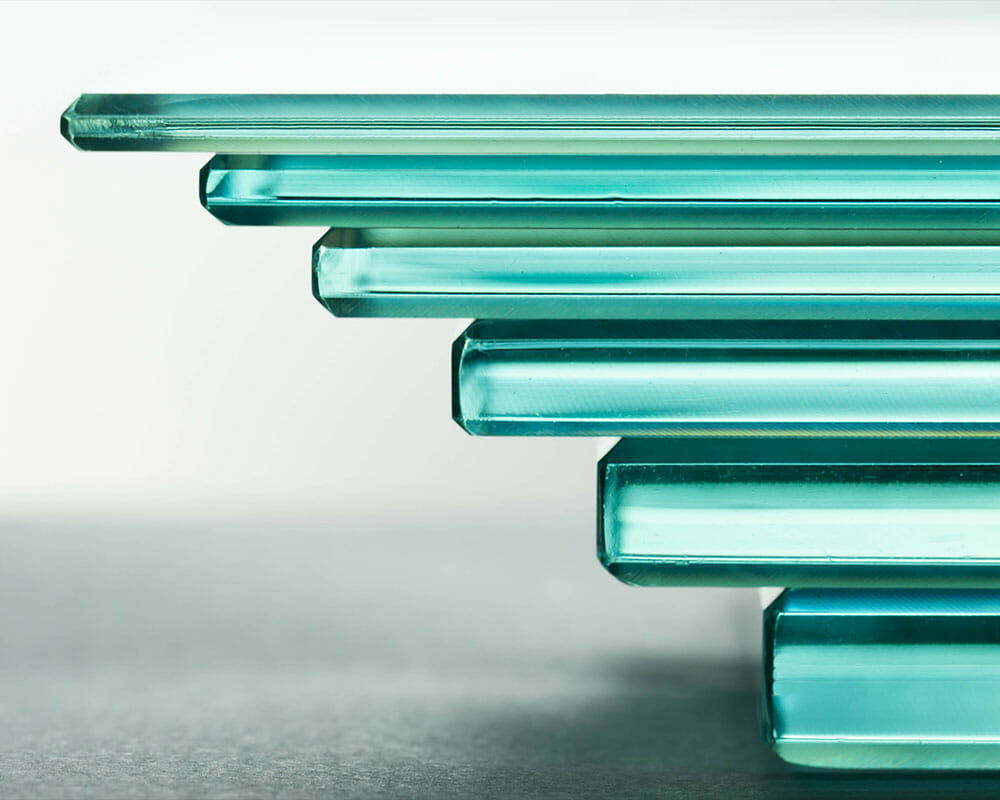
How is Glass Made?
You may be wondering, what is glass made of? Believe it or not, glass is made mostly from sand, heated until it melts into a liquid. It isn’t an easy process that happens commonly in nature; it requires a temperature of 3090ºF to melt the sand. A mixture of sand, waste glass (often from recycling collections), soda ash, and limestone is heated in a furnace. When the mixture reaches its melting point, it undergoes a complete transformation. It turns from a solid into an amorphous state. This means it is not quire a liquid, but not a solid, either. It’s a unique substance that creates a moldable material for the manufacturer to form into any shape.
Depending on the type of glass being made, manufacturers may use a slightly different process. Here are a few different types of glass and how they are manufactured:
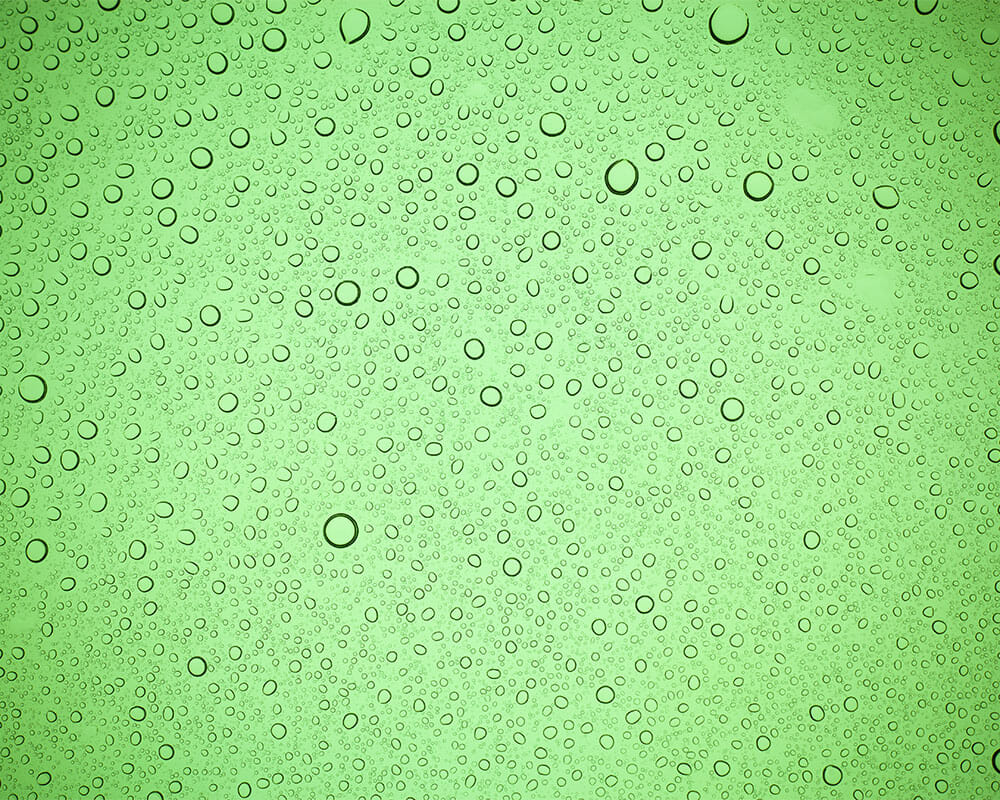
Colored Glass
Certain chemicals can be added to the glass to tint it in different colors. For green glass, iron and chromium-based chemicals are added to the mixture.
Colored glass finds obvious usage for decorative purposes – for instance, stained glass windows take advantage of the coloring effect of metal ions. The color of glass can be more than just aesthetic, however. For example, beer bottles are colored green or brown to cut out specific wavelengths of UV light which can otherwise contribute to beer spoilage.
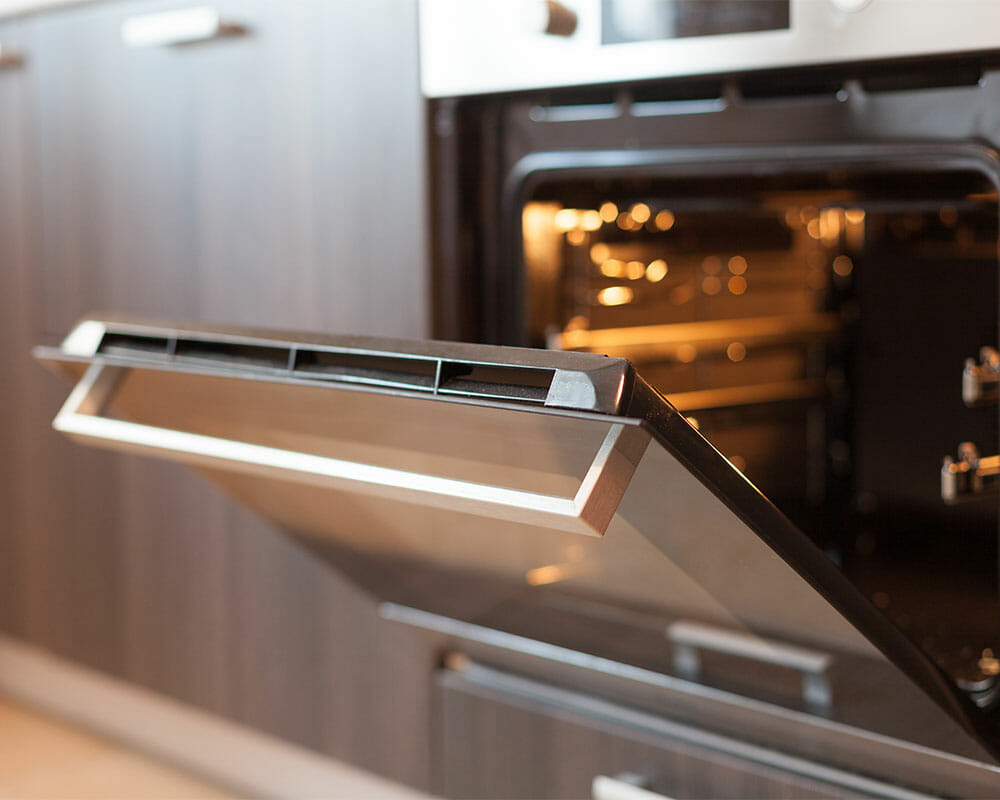
Oven-proof Glass
To make oven-proof borosilicate glass, add boron oxide to the molten mixture to make it more heat resistant and durable. It is also lead and BPA-free, making it perfectly safe for drinking glasses and cookware.
First created in the late 19th century, Borosilicate glass’ resistance to thermal shock means that temperature changes do not cause as much stress to the glass, so a hot borosilicate dish can be taken out of the oven and set on a cool counter without shattering.
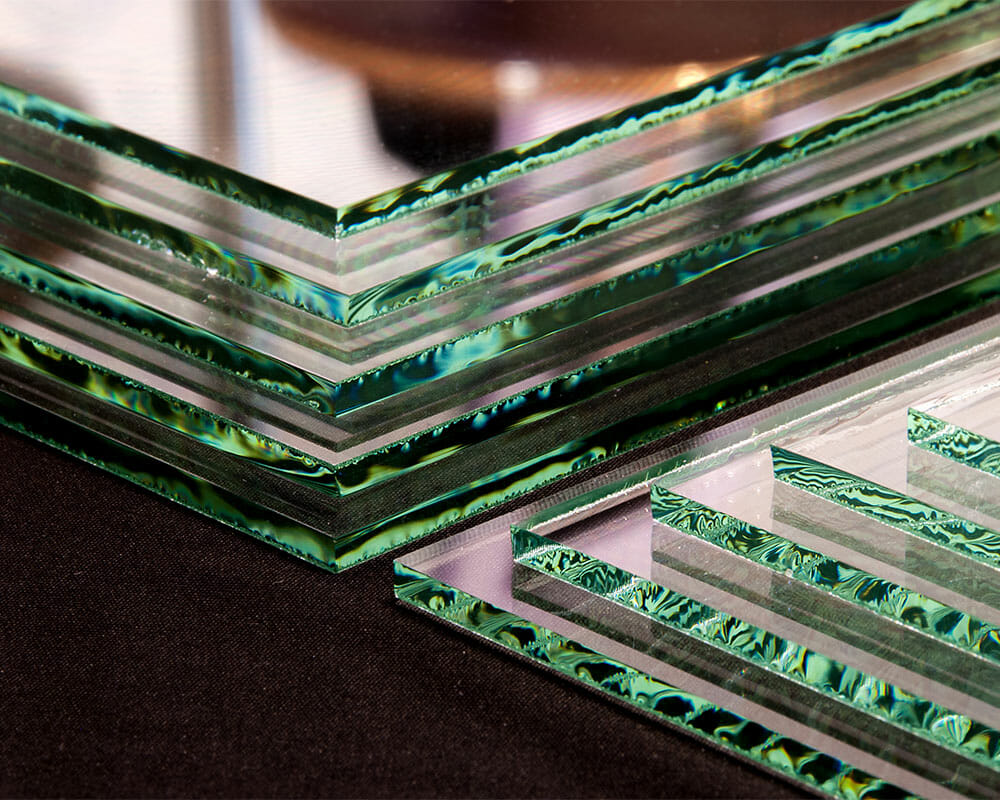
Tempered Glass
Tempered glass is one of the most common and strongest varieties used worldwide. Also known as safety glass, tempered glass can be found in car windows, shower doors, and glass tables.
The first step in creating tempered glass is to cut it into the desired size. The glass is then passed in a continuous feed through a furnace. After this process, the glass undergoes a cooling phase where the glass receives high-pressure blasts of cold air from different angles. This combination of stresses is what makes tempered glass so strong.
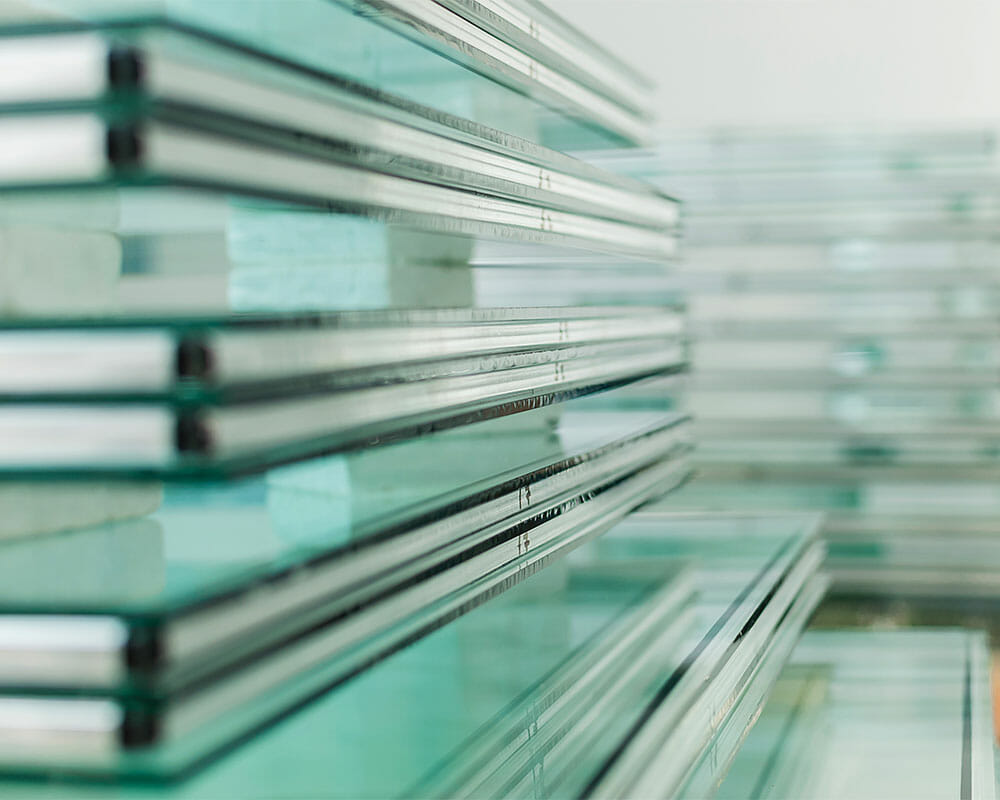
Float Glass
This type of glass is made using a floating technique that creates uniform thickness and superior, even appearance. The glass is “floated” on molten metal during this process to create a level finish. Float glass is often used for large window panes in multi-story office buildings.
Today, common window glass is seen as an inexpensive, mass-produced material given little consideration. But in the past, clear window glass was a highly valued status symbol compared to the wavy imperfections of hand-blown glass.
Most Common Uses for Glass
Glass is one of the most innovative products used around the world. Its different varities and applications mean that you’ll see it in various products we use every day. Take a look around, and you’re sure to see it everywhere – even in places you haven’t noticed before. Below is a list of the most common uses for glass:
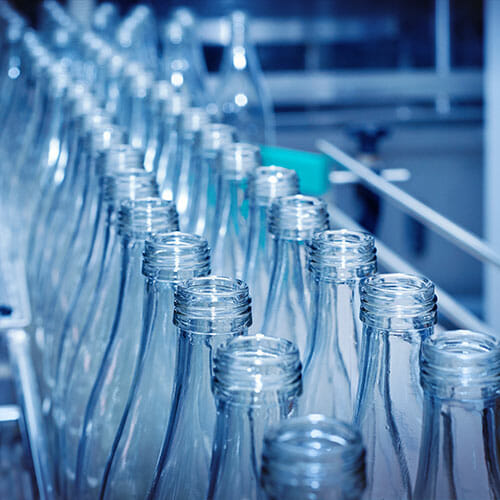
Packaging
From jars for food, bottles for drinks, and storage containers, glass is one of the most common packaging items.
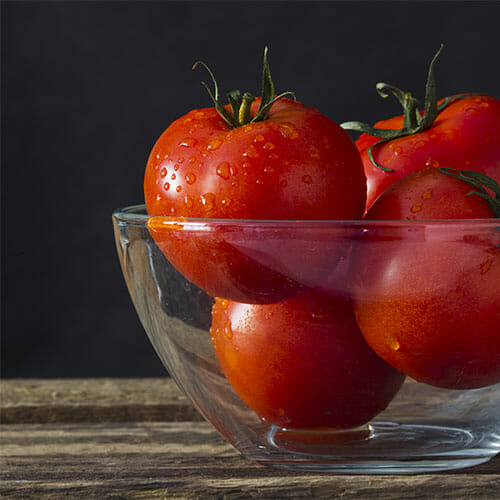
Dinnerware
Glass is often used to make bowls, platters, glasses, lids, and plates. Glass dinnerware is non-porous, meaning it does not absorb food particles and prevents the growth of bacteria, making your dishware food-safe and hygienic.

Buildings and Housing
Windows, shower surrounds, and doors are all familiar places where glass is used to construct buildings and housing.
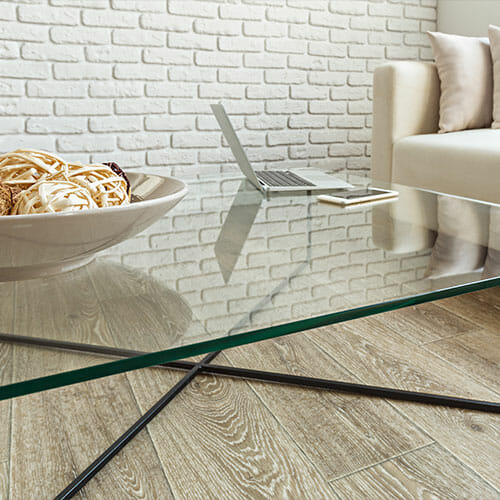
Interior Design and Furniture
Glass is one of the most commonly used interior design materials. You’ll find it in tables, mirrors, shelves, lighting, and even in frames hanging on the wall.
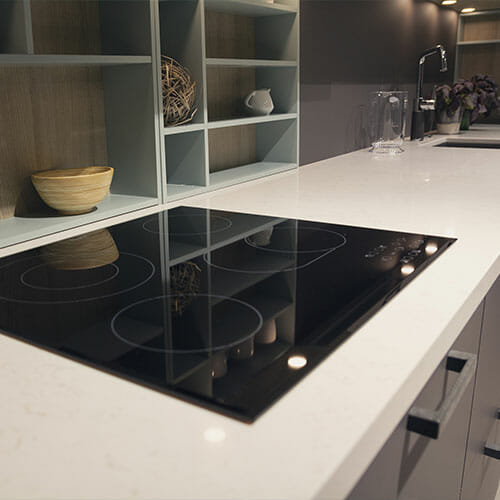
Appliances and Electronics
Consider all the uses for glass in the making of appliances and electronics. Oven doors, cooktops, computer screens, smartphones, and TVs are all household items manufactured using glass.

Automotive and Transport
Windshields, vehicle windows, structural components, and lighting are all areas where glass is used in the automotive and transport industry.

Medical Technology
In the medical technology field, glass is a common element in many products. You’ll find it used in optical glass, life science engineering, and biotechnology.
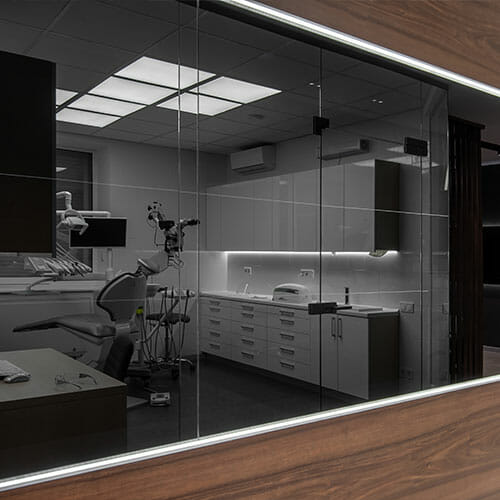
Radiation Protection
Glass is naturally effective at protecting from x-rays and gamma-rays, making it invaluable where line-of-sight is required, such as in medical radiography.

Fiber Optic Cables
Fiber optic cables that carry network connections for both internet and cable are manufactured using multiple strands of skinny glass fiber bundled together with a flexible sheath.

Renewable Energy
Glass is a critical element of renewable energy sources. Solar-energy panels and wind turbines are both manufactured using glass.
Contact the Glass Experts at Sawyer Glass
As the premier commercial and residential glass provider in Salt Lake City, we’re the local glass experts. Our team at Sawyer Glass is dedicated to quality craftsmanship and efficient service so that you receive the best glass service around.
Whether you need new windows, shower glass, mirrors, tables, doors, or more, you can trust Sawyer Glass to give you exceptional service at a fair price. If you need a specialty glass item, we take care of that, too. Contact us today to get started!
